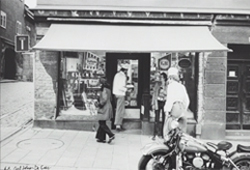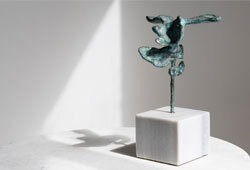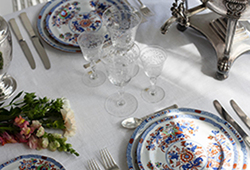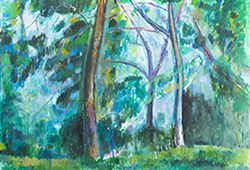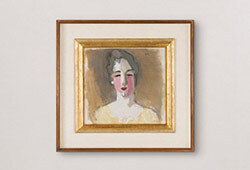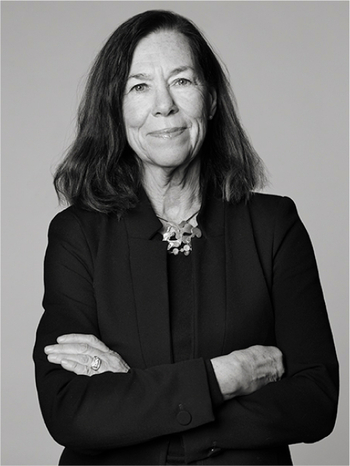Wilhelm Kåge
a stoneware bowl, Gustavsberg Studio 1957, a vase and a dish, Kåge verkstad, with experimental glazes, mid 20th C.
Stoneware, the oval bowl, signed KÅGE Ä with studio stamp, marked with glaze codes in ink and dated 10.10.57. Height 7 cm, length 11.5 cm. Plate and vase marked KÅGE VERKSTAD, scratched with: PROV KÅGE and with various glaze codes in ink.
Plate diameter 12 cm, vase height 11 cm.
Wilhelm Kåge and Björn Alskog experimented with different sang de boeuf-glazes during the latter part of the 1950s. The result was uneven and the work on the process never progressed. These are likely very rare objects with some of the experimental glazes.
Provenance
Björn Alskog (1934-2023). Alskog worked as a ceramicist at Gustavsberg in the mid-1950s and in the last years closely with Wilhelm Kåge. After Kåge's death, Alskog resigned from Gustavsberg and started his own design studio. Today Alskog is probably best remembered for his toy designs.
Thence by descent.
Designer
Wilhelm Kåge was a Swedish artist, painter, and ceramicist. Between 1917 and 1949, he worked as artistic director at Gustavsberg porcelain factory.
Kåge studied at Valand konstskola in Gothenburg and later in Copenhagen, where he got to know artist Gösta Adrian-Nilsson (GAN) and became familiar with modern art. He studied graphic art in Munich and began his artistic career by designing posters for theaters and exhibitions. When Gustavsberg needed new products for the home Exhibition at Liljevalch in 1917, Kåge was hired. He developed 30 different tableware, colorful faience, stoneware, and series such as Carrara, Surrea, and Våga. In 1942, Kåge developed Gustavsberg's studio together with designer Stig Lindberg. The studio became an aesthetic laboratory for objets d'art.
At the Stockholm Exhibition in 1930, Kåge presented Gustavsberg's future sales success "Argenta", a series of objet d'art glazed mainly in green but also in red, blue, brown, and celadon green and painted with various silver decorations according to Kåge's sketches.
Read more





